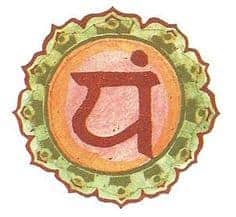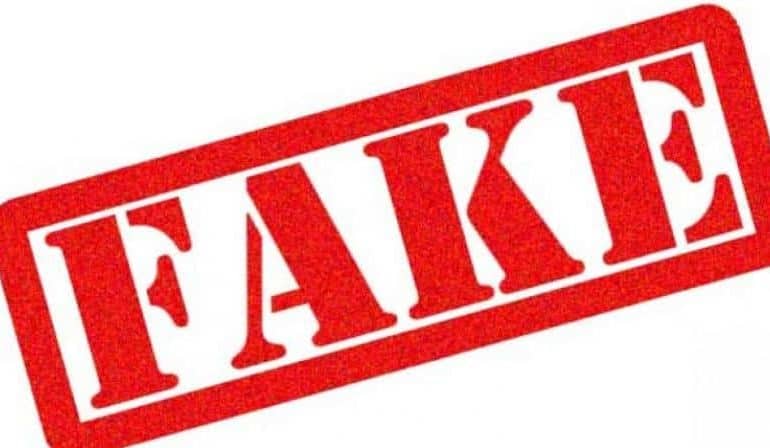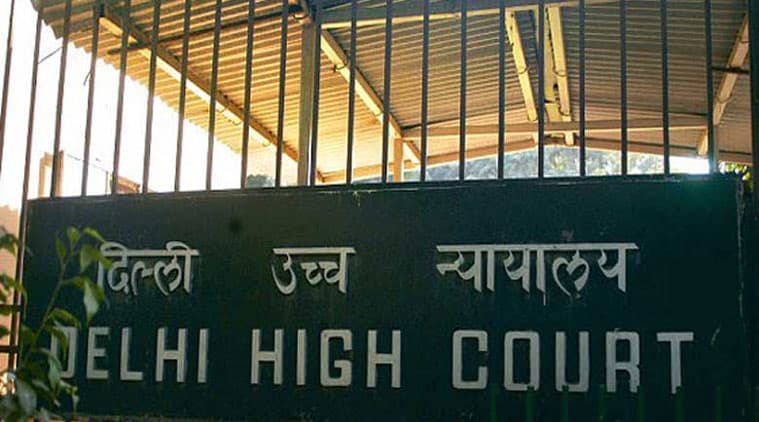Man has always sought to understand the world around him better, and myths are the imaginative traditions devised to explain his surroundings. Early Man would have been completely in awe of the natural and supernatural phenomena around him and assumably would have sought to make sense of the natural marvels such as lightening & thunder, rain & drought, day & night, birth & death. From myth come beliefs, from mythology customs. Myth conditions thoughts and feelings; mythology influences behaviours and communications. Through mythology, man sought to understand his environment, the nature of his world, and even the existence of God. However, it would be foolhardy to think of these tales merely as a product of someone’s overactive imagination. Indeed, if ‘myth’ is an idea, mythology is the vehicle of that idea.
Redefining ‘Myth’
The Hindu worldview can be startling to those accustomed to a Western thought process. Until, we challenge the old definition of myth; the irrational, the unreasonable, the false and embrace a new definition: the subjective truth expressed in stories, symbols and rituals, that shapes all cultures, Indian or Western, ancient or modern, religious or secular. The Sanskrit word for subjective truth is mithya-not the opposite of the objective truth; but a finite expression of satya, that which is infinite. It was the experience of their mystery, mingled with fear that gave birth to Mythology and eventually, religion. Hindus have one God, and 330 million gods: male gods, female gods, personal gods, clan gods, household gods, gods who reside in plants, animals, images, designs, and objects; and a whole host of demons, not all bad; but neither the character of the Devil, nor the concept of evil.
The perpetual Mythological force
Fascinatingly, people outgrow myth and mythology when myth and mythology fail to respond to their cultural needs. As long as Egyptians believed in the afterworld ruled by Osiris, they built pyramids. As long as Greeks believed in Charon, the ferrymen of the dead, they placed copper coins for him in the mouth of the dead. Likewise, the Chinese myth of Pangu, Vedic concept of Purush, and the Norse myth of Ymirall tell of a cosmic giant who is sacrificed to create the world, and we can understand these from the way Christ’s death changed the world around him completely. These ancient thought processes exist no more but somewhere, somehow they still affect the modern cultures.
The Hinduism ideology
Many people perceive Hinduism as Monotheistic, Polytheistic, Pantheistic, or even Monistic; still, none of them may be wrong in their assumptions. At its core, Hinduism believes in One Supreme God who manifests Himself as many to create, preserve and ultimately annihilate the Creation. The Supreme Brahman is beyond concepts and images anyway, and from this attitude comes great tolerance and inclusiveness which is the characteristic of Hinduism. Sacred Hindu texts, the Vedas are believed to be of non-human origin and a container of timeless wisdom. The Vedas claim, ‘Truth is one, but sages call it by different names.’ Other religion has its God say, as Krishna does in the Bhagvad Gita, ‘All paths lead to Me.’
A fanciful tale
Throughout its millennia-old history, Hinduism provided its followers with the freedom of worshiping God in whichever form they want. Hindu seers long ago realised the world is limitless and boundless, full of unimaginable potential and possibilities. Any attempts to fathom the mystery through science, mathematics ,and logic were futile. What mattered more than the objective world was the subjective world of each. They, therefore, focused their attention and genius less on geography and history, and more on philosophy and metaphysics. What mattered more than the landscape of the world was the landscape of the soul. Myths came into the scene, and then came mythology: hyperbolic and fantastic.
Image credits: ancientsymbols.com
Radhika Boruah
radhikab@dubeat.com

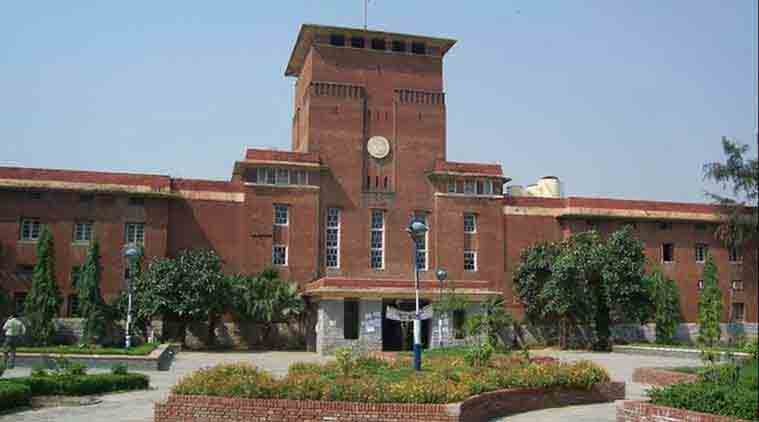
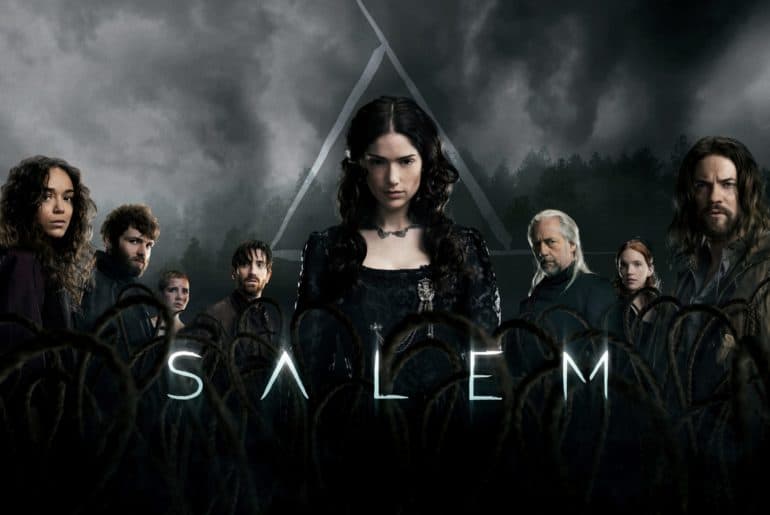

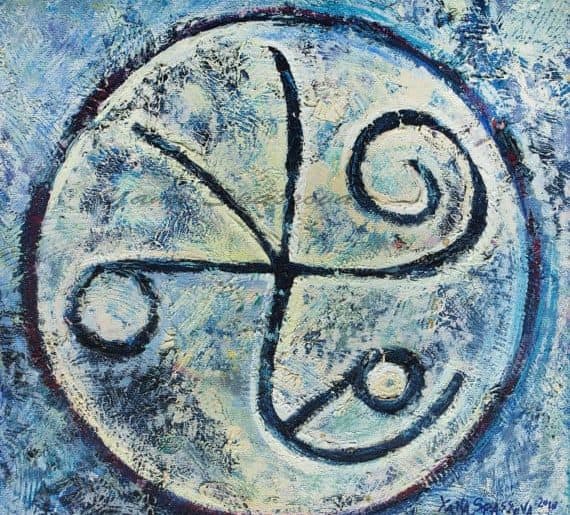
 olute, Jehovah, Brahma, the Creator, and the Divine Architect being those commonly used in Aetherius Society teachings. The use of the term ‘God’ specifically refers to the Abrahamic God or Yahweh or Allah followed by the three major monotheistic faiths: Judaism, Christianity, and Islam. But, ‘god’ generally refers a deity in a pantheon or to demigods who are powerful but not supreme. For example, Hermes the god of the crossroads from Greece, Surya, the sun god in Hinduism, or Tlaloc the rain god from the Aztec pantheon are demi-gods.
olute, Jehovah, Brahma, the Creator, and the Divine Architect being those commonly used in Aetherius Society teachings. The use of the term ‘God’ specifically refers to the Abrahamic God or Yahweh or Allah followed by the three major monotheistic faiths: Judaism, Christianity, and Islam. But, ‘god’ generally refers a deity in a pantheon or to demigods who are powerful but not supreme. For example, Hermes the god of the crossroads from Greece, Surya, the sun god in Hinduism, or Tlaloc the rain god from the Aztec pantheon are demi-gods.